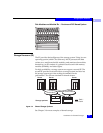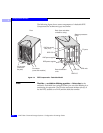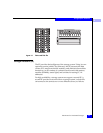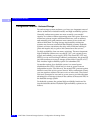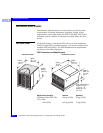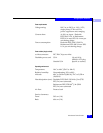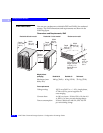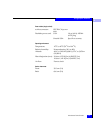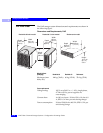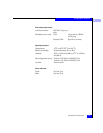
5
5-12
EMC Fibre Channel Storage Systems Configuration Planning Guide
Storage System Hardware
Configuration Tradeoffs - Unshared Storage
For each storage-system enclosure, you have two important areas of
choice: rackmount or deskside model, and high-availability options.
Generally, rackmount systems are more versatile; you can add
capacity in a cabinet without consuming more floor space. However,
rackmount systems require additional hardware, such as cabinets
and mounting rails, and someone must connect power cords and
cables within them. For large storage requirements, rackmount
systems may be more economical than deskside systems. Deskside
systems are more convenient; they ship with all internal cabling in
place and require only ac power and connection to the servers.
For high availability, there are many variations. The most important
high-availability features are a second SP/LCC pair, second power
supply, and standby power supply (SPS). The second SP/LCC and
SPS let you use write caching to enhance performance; the second SP
provides continuous access to storage-system disks if one SP or LCC
fails. Another high-availability option is a redundant SPS.
Yet another option, for a deskside system, is a second power
distribution unit (PDU), which lets you route ac power from an
independent source. Used this way, the second PDU protects against
failure in one of the two ac power sources. With a rackmount system,
you can acquire a cabinet with one or two ac inlet cords. The second
inlet cord, connected to a second ac power source, provides the same
advantage for all storage systems in the cabinet as the second PDU in
the deskside storage system.
For deskside systems, the optional high-availability hardware fits
into the deskside cabinet. Deskside high-availability options are as
follows.




